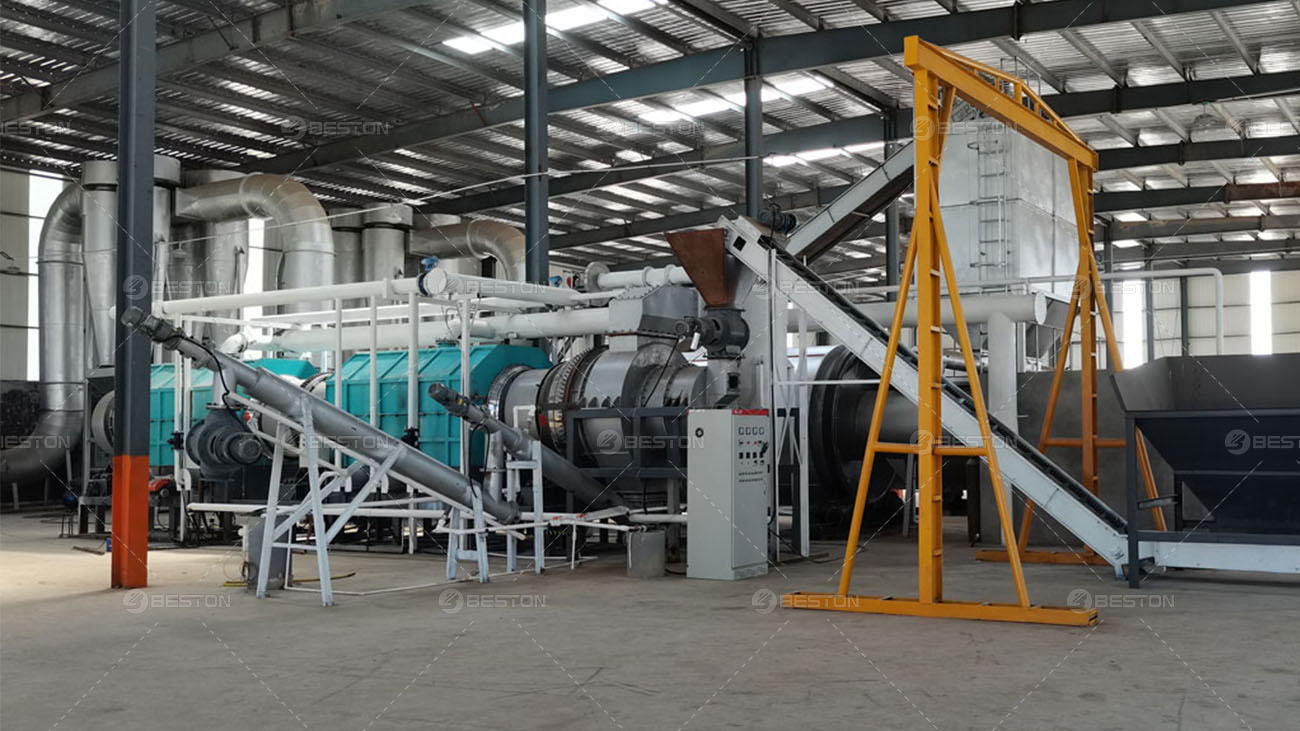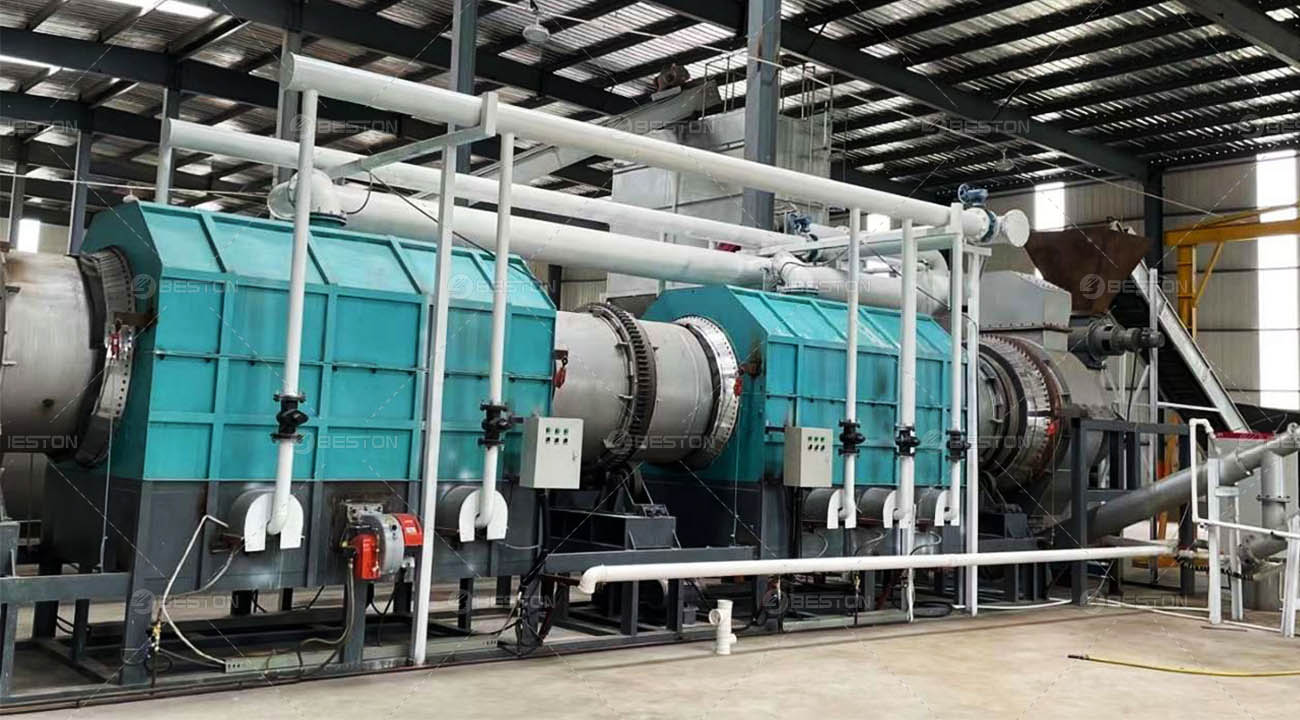In the realm of household fuels, the choice between wood and wood charcoal can significantly impact efficiency, cost-effectiveness, and environmental sustainability. Both fuels have distinct characteristics that cater to different needs and preferences. Understanding their differences is crucial for making an informed decision on which fuel suits your household best.
Composition and Production Process
Wood
Wood fuel is primarily derived from trees and consists of organic matter such as cellulose, hemicellulose, and lignin. It is harvested from forests or plantations and undergoes minimal processing before use. The combustion of wood releases energy in the form of heat and light, making it a traditional and readily available fuel source for heating and cooking purposes.
Wood Charcoal
Wood charcoal, on the other hand, is produced through a process called pyrolysis, which involves heating wood in the absence of oxygen. This thermal decomposition process converts wood into charcoal, a highly carbonaceous material. The wood charcoal manufacturing machine plays a crucial role in this process by controlling temperature and airflow to optimize charcoal yield and quality.
Energy Efficiency and Heat Output
Wood
Wood is known for its high heat output and energy efficiency when burned. It produces a substantial amount of heat per unit volume, making it suitable for heating larger spaces or cooking food quickly. However, the combustion of wood can vary depending on factors such as moisture content and wood species, affecting its efficiency and heat output.
Wood Charcoal
Wood charcoal is prized for its superior heat intensity and consistent burning properties compared to raw wood. During pyrolysis, volatile components and impurities are driven off, leaving behind pure carbon. This results in a fuel that ignites easily, burns hotter and longer, and produces less smoke and ash compared to wood, making it ideal for high-temperature applications like grilling and industrial processes.
Environmental Impact
Wood
The environmental impact of using wood as a fuel largely depends on harvesting practices and sustainable forestry management. While wood is renewable, deforestation and inefficient combustion practices can contribute to habitat loss, air pollution, and carbon emissions. Properly managed forests and modern combustion technologies can mitigate these impacts.
Wood Charcoal
Wood charcoal production has a lower environmental footprint compared to direct wood combustion in some aspects. The pyrolysis process generates biochar, a by-product that can be used to improve soil fertility and carbon sequestration. However, emissions from charcoal production, such as volatile organic compounds (VOCs) and greenhouse gases, require careful management to minimize environmental impact.

Cost Considerations
Wood
Wood is generally more affordable and accessible than wood charcoal in many regions. Its cost-effectiveness depends on local availability, transportation costs, and demand fluctuations. Seasoned firewood from sustainably managed forests can provide a cost-effective heating solution for households, particularly in rural areas.
Wood Charcoal
Wood charcoal tends to be more expensive than raw wood due to the additional processing steps involved in its production, including pyrolysis and charcoal briquette manufacturing. The wood carbonization equipment automates these processes, ensuring consistent quality and reducing labor costs but adding to initial investment expenses. However, the longer burning time and higher heat output of charcoal can offset its higher upfront cost.
Practical Applications
Household Heating and Cooking
In household settings, both wood and wood charcoal find applications in heating and cooking. Wood is commonly used in wood stoves, fireplaces, and traditional cooking methods. It provides a rustic ambiance and direct control over fire intensity but requires regular refueling and produces more ash and smoke.
Wood charcoal, on the other hand, is favored for its intense heat and low smoke production, making it ideal for grilling, barbecue, and outdoor cooking. It ignites quickly and burns steadily, allowing for precise temperature control and prolonged cooking sessions without frequent refueling.
Industrial and Commercial Use
In industrial and commercial sectors, wood charcoal is valued for its high energy density and uniform burning characteristics. It is used in metallurgy, smelting, and activated carbon production due to its ability to reach high temperatures and maintain combustion stability over extended periods. The use of advanced wood ensures consistent quality and efficiency in large-scale operations.
Conclusion
The choice between wood and wood charcoal as household fuels hinges on factors such as energy efficiency, environmental impact, cost considerations, and practical applications. While both fuels have their advantages and challenges, advancements in wood charcoal manufacturing machines have enhanced the efficiency and sustainability of charcoal production. Whether for heating, cooking, or industrial use, understanding the unique properties and production processes of wood and wood charcoal is essential for making an informed decision that aligns with household needs and environmental goals.

Comments
No comments yet. Be the first to react!